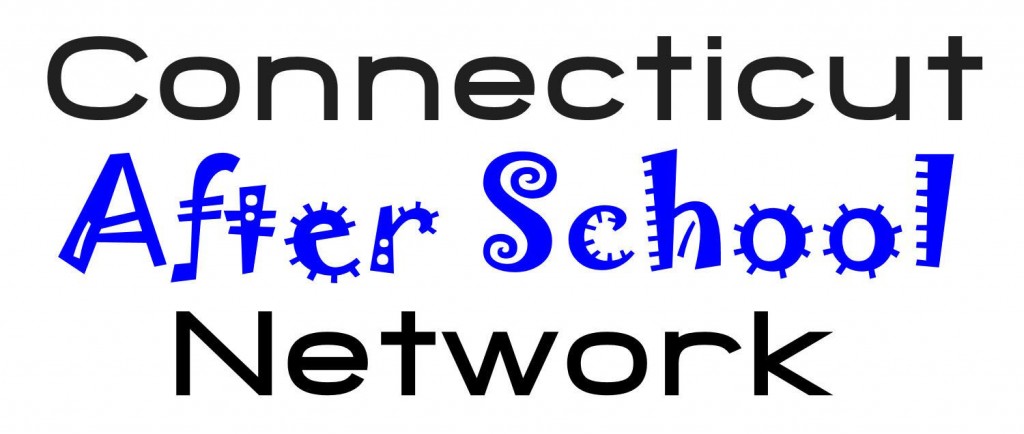National BRAIN Research Initiative Good News for Connecticut
/The BRAIN Initiative — short for Brain Research through Advancing Innovative Neurotechnologies — announced this week by President Obama, calls for historic investments in research and development to fuel innovation, job creation, and economic growth. In Connecticut, where scientific research – from stem cells to bioscience – has been advocated and advanced by government and a roster of companies home-grown and imported, the proposal to push yet another scientific envelope should be good news. The Initiative “aims to bring together nanoscience, engineering neurology,” said Dr. Francis Collins, Director of the National Institutes of Health, who described the initiative as “bold and audacious.” It is an effort to revolutionize understanding of the human mind and uncover new ways to treat, prevent, and cure brain disorders like Alzheimer’s, schizophrenia, autism, epilepsy, and traumatic brain injury.
The announcement came on World Autism Day, created to bring attention to the group of developmental disabilities known as autism spectrum disorders (ASD). In Connecticut, Autism Speaks, part of the national organization, offers connections to 120 resources to support and assist families. Recent stats indicate that autism effects 1 in 88 children and 1 in 54 boys .
The Alzheimer's Association, the world's leading voluntary health organization in Alzheimer's care, support and research said it “looks forward to working with the administration on this ambitious new project.” The Connecticut chapter holds its annual education day on April 16 in Berlin. More than 5 million Americans are living with Alzheimer's, including 200,000 young er than age 65.
er than age 65.
The President highlighted the BRAIN Initiative as one of the Administration’s “Grand Challenges” – ambitious but achievable goals that require advances in science and technology to accomplish. The President called on companies, research universities, foundations, and philanthropies to help create the jobs and industries of the future while improving lives. The BRAIN Initiative is launching with approximately $100 million in funding for research supported by the National Institutes of Health (NIH), the Defense Advanced Research Projects Agency (DARPA), and the National Science Foundation (NSF).
In January, Governor Malloy proposed the Bioscience Innovation Act which, over ten years, would establish a $200 million fund here to strengthen Connecticut’s bioscience sector, to be administered by Connecticut Innovations, the state quasi-public economic development entity. Private organizations also promote and advance research in the state, as well as responding to individual dealing with brain-related diseases or injuries.
The Brain Injury Alliance of Connecticut (BIAC) sponsors approximately 30 support groups throughout Connecticut. All provide information, support, and encouragement to survivors and their loved ones. The organization has events planned in May (bike-a-thon) and June. As a partner in prevention, BIAC works with individuals, organizations, schools and government to educate people in Connecticut about the causes and realities of brain injury. As a resource in recovery, BIAC is the only non-profit organization in the state dedicated to providing brain injury survivors and their families.
Also among the numerous organizations in Connecticut with a particular interest in brain-related research is The Connecticut Brain Tumor Alliance, a non-profit organization dedicated to raising awareness of the disease, providing hope and support for those living with brain tumors in Connecticut and raising money “to support and advocate the cutting-edge research we all know someday will find a cure.” The organization has major fundraising events planned for May (at CitySteam in Hartford) and July (at the New Britain Rock Cats). The organization is led by “nine individuals whose lives were changed forever by the five words, ‘you have a brain tumor,’” according to the Alliance website.
Hydrocephalus is an abnormal accumulation of cerebrospinal fluid (CSF) within cavities of the brain called ventricles. The Hydrocephalus Association's mission, including a chapter in Connecticut, is to eliminate the challenges of hydrocephalus by stimulating innovative research and providing support, education and advocacy for individuals, families and professionals dealing with hydrocephalus. More than one million Americans live with the challenges of hydrocephalus every day. Anyone, at any time, may be diagnosed with hydrocephalus. The organization will hold a fundraising walk in Middlebury in September.
The Epilepsy Foundation of Connecticut is dedicated to improving the lives of people with epilepsy and their families. They are Connecticut's only affiliate of the national Epilepsy Foundation. Approximately 60,000 people in Connecticut have epilepsy, and 1 in 10 people will experience a seizure at some point in their lives, the organization emphasizes.
The new national BRAIN Initiative promises to accelerate the invention of new technologies that will help researchers produce real-time pictures of complex neural circuits and visualize the rapid-fire interactions of cells that occur at the speed of thought. Such cutting-edge capabilities, applied to both simple and complex systems, will open new doors to understanding how brain function is linked to human behavior and learning, and the mechanisms of brain disease, according to The White House.








































